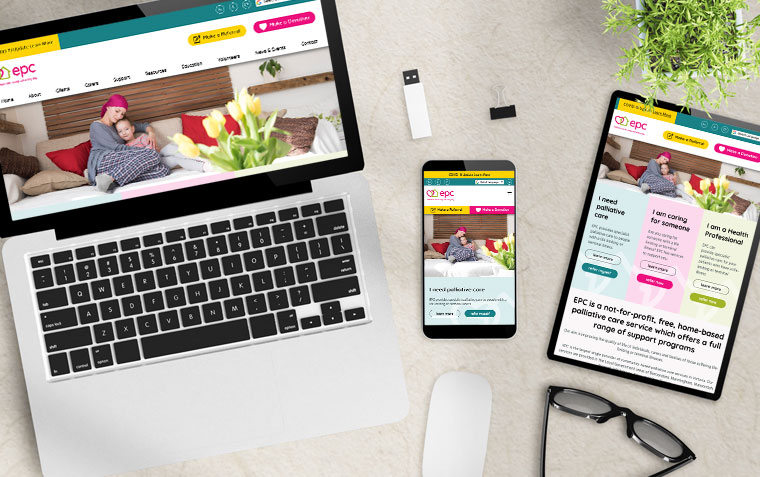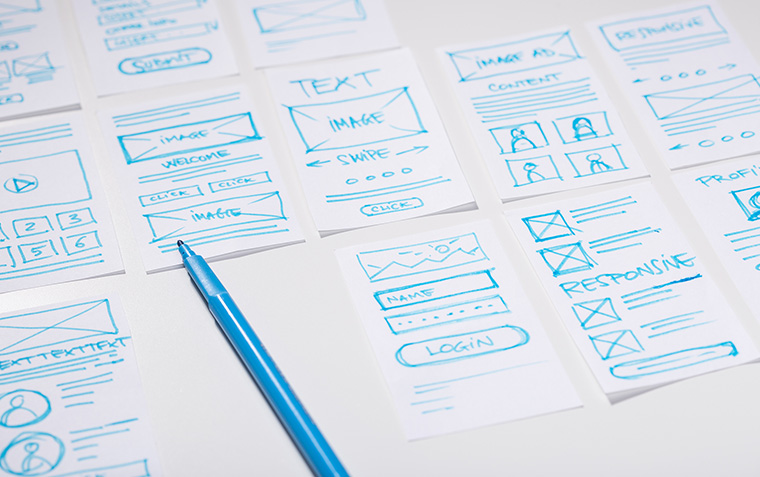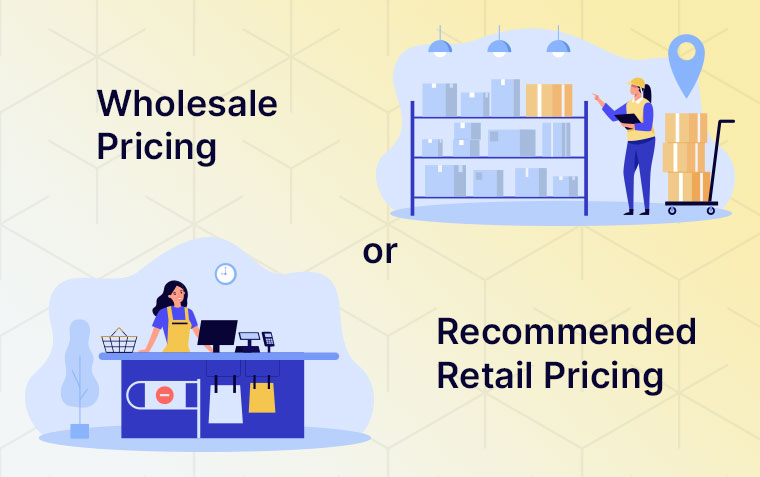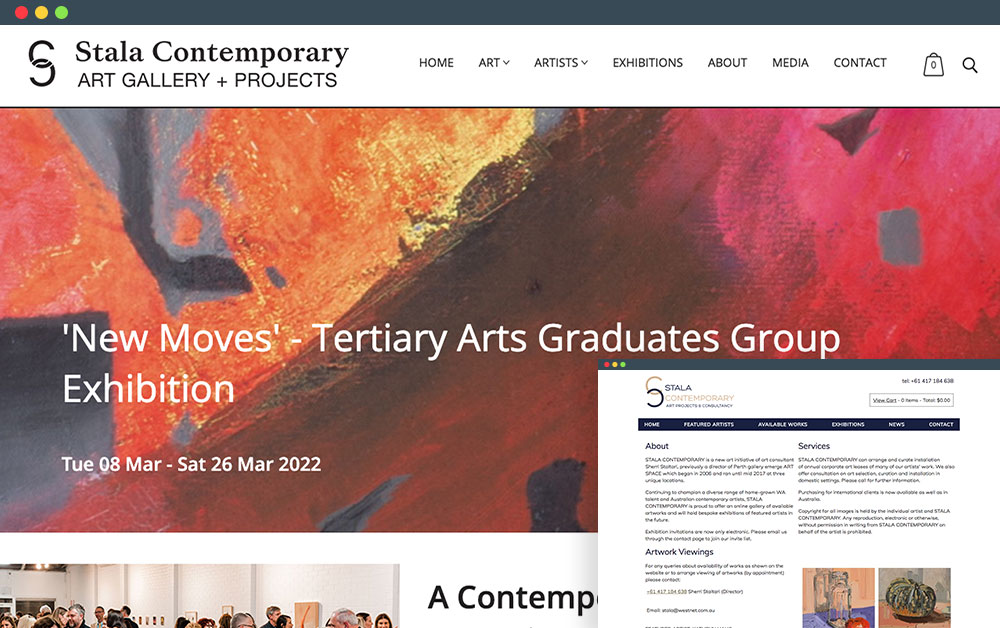What makes a good website design?

Creating a website can be a daunting task, especially if you're not familiar with web design. There are many factors to consider when designing a website, from the layout to the colors and fonts used. A well-designed website can attract visitors and keep them engaged, while a poorly designed website can turn visitors away. In this blog post, we'll take a closer look at what makes a good website design and how you can achieve it.
User Experience
One of the most important aspects of website design is the user experience (UX). A good website design should be user-friendly and easy to navigate. Users should be able to find what they're looking for quickly and easily, without having to dig through menus or search through pages. To achieve this, it's important to create a clear and concise navigation menu that guides users to the most important pages of your website.
In addition to a clear navigation menu, a good website design should also include easy-to-use search functionality. Users should be able to search for specific products or information on your website, and the search results should be accurate and relevant. It's also important to ensure that your website is optimized for mobile devices, as more and more people are accessing the internet on their smartphones and tablets.
Visual Design
Another important aspect of website design is the visual design. A good website should be visually appealing and engaging. The design should reflect the brand's personality and values, and it should be consistent throughout the entire website. This includes the use of colors, fonts, and images.
When choosing colors for your website, it's important to consider the emotions and feelings that different colors evoke. For example, blue is often associated with trust and professionalism, while red is associated with passion and energy. It's important to choose colors that reflect your brand's personality and values, while also creating a visually appealing website.
Fonts are also an important part of website design. It's important to choose fonts that are easy to read and consistent throughout the website. Avoid using too many different fonts, as this can create a cluttered and confusing website.
Finally, images are a crucial part of website design. The images should be high-quality and relevant to your brand and products. Avoid using generic stock photos, as these can make your website look unprofessional and unengaging. Instead, use high-quality images that showcase your products and services.
Content
Content is king when it comes to website design. A good website should have high-quality, engaging content that keeps users coming back for more. This includes written content, images, and videos.
Written content should be well-written and easy to read. It's important to use headings, subheadings, and bullet points to break up the text and make it more readable. The content should also be optimized for search engines, using keywords that are relevant to your brand and products.
Images and videos can also be used to create engaging content on your website. Videos are a great way to showcase your products and services, while images can be used to create visual interest and break up text. It's important to use high-quality images and videos that are relevant to your brand and products.
Speed
Website speed is another important factor to consider when designing a website. Users expect websites to load quickly, and if your website takes too long to load, they're likely to leave and never come back. To ensure that your website loads quickly, it's important to optimize images and videos, compress files, and use a reliable web hosting service.
Accessibility
Finally, a good website design should be accessible to everyone. This includes people with disabilities, such as visual impairments or hearing impairments. It's important to use alt tags for images, so that users with visual impairments can understand what the image is about. It's also important to provide captions for videos, so that users with hearing impairments can understand what's being said.
In addition to accessibility for people with disabilities, it's also important to consider accessibility for people with slow internet connections or older devices. This means designing a website that is optimized for low-bandwidth connections and older devices, so that everyone can access your website regardless of their internet speed or device.
Conclusion
In conclusion, there are many factors to consider when designing a website. A good website should be user-friendly, visually appealing, and engaging. It should also have high-quality content, load quickly, and be accessible to everyone. By taking these factors into consideration when designing your website, you can create a website that attracts visitors, keeps them engaged, and ultimately drives conversions and sales for your business.
Remember that website design is an ongoing process. You should regularly review and update your website to ensure that it remains up-to-date and relevant to your target audience. By continually improving your website design, you can create a website that is both user-friendly and effective in driving business results.





